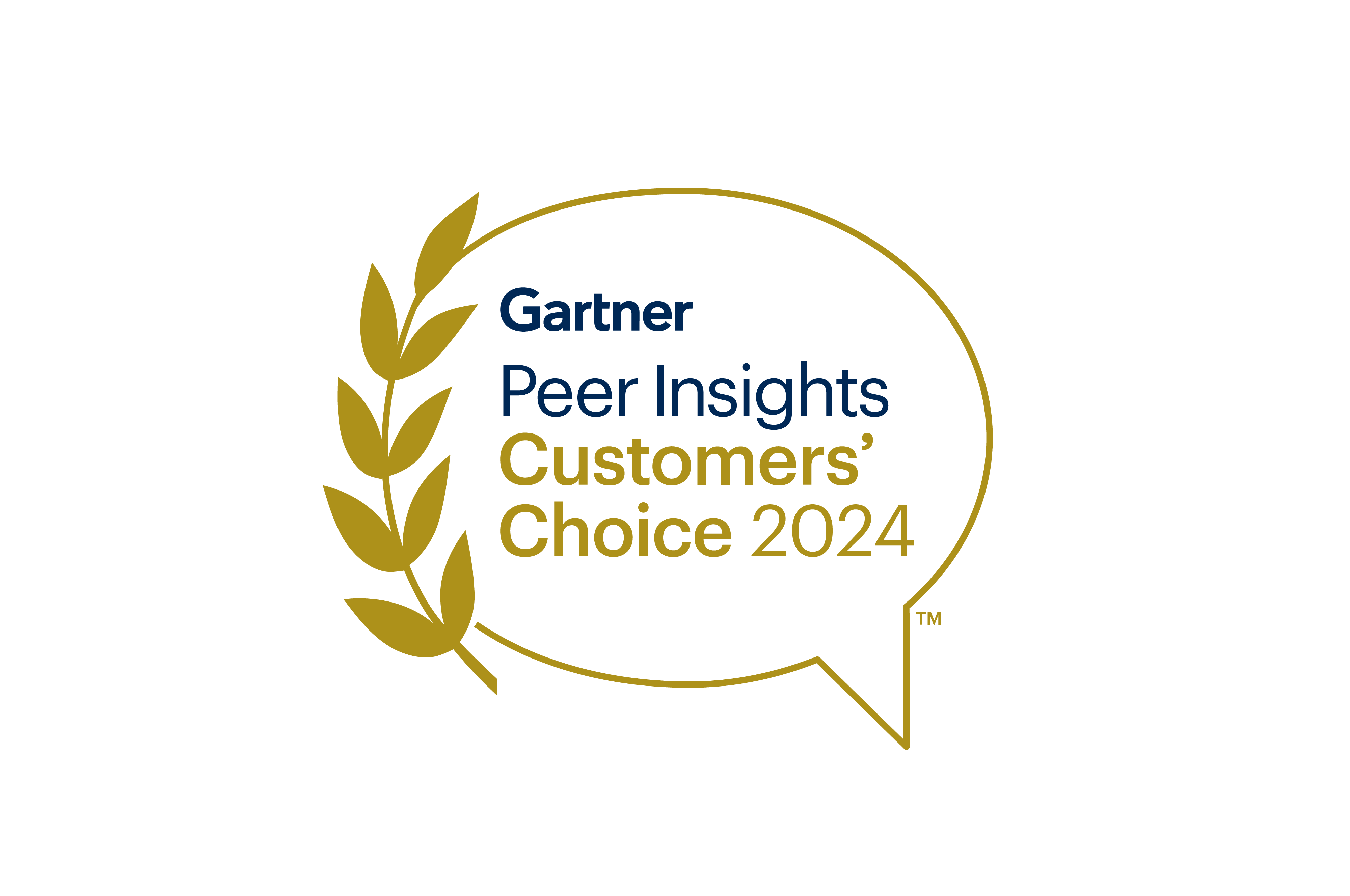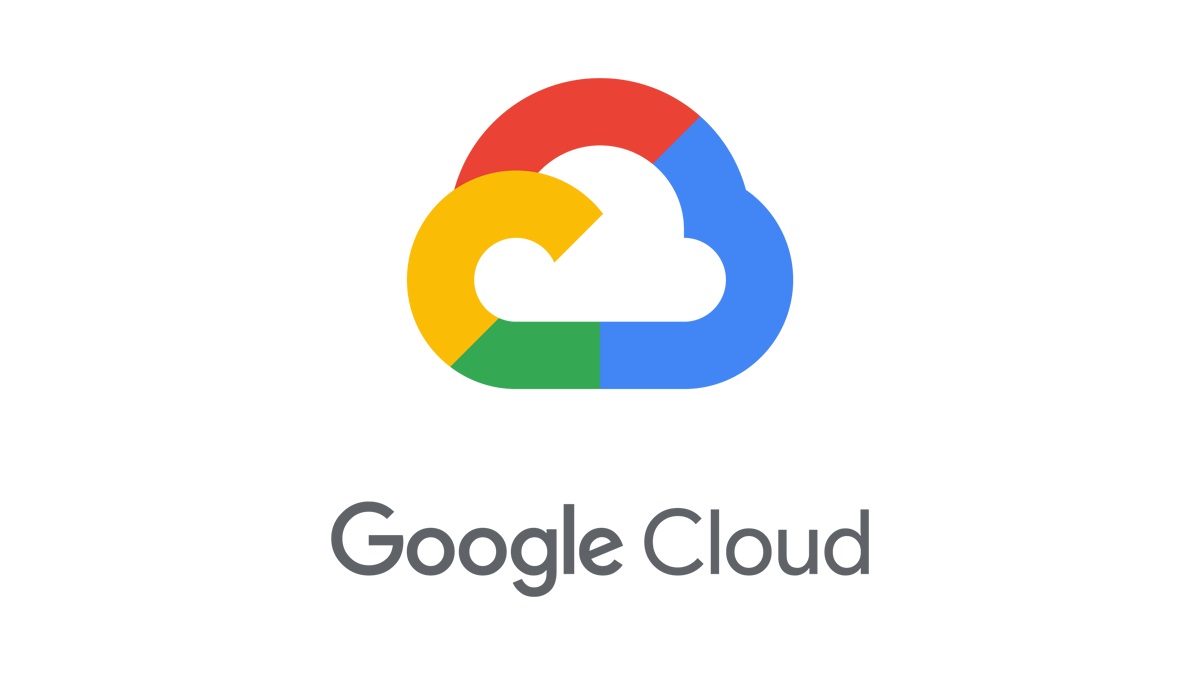Here’s a familiar HR nightmare: it’s performance review season, and your calendar looks like it lost a fight with a highlighter. You’re bracing for the usual complaints—employees frustrated with vague feedback, managers fumbling to explain ratings, and everyone wondering, “What’s the point of this process again?” Sound familiar? You’re not alone.
A staggering 82% of HR leaders admit that performance management isn’t hitting its goals, and only 2% of CHROs from Fortune 500 companies believe their systems truly motivate employees.
Worse, fewer than 30% of employees trust that their evaluations are fair. No wonder “performance review dread” is practically a workplace meme.
But what if you could ditch the dread and build a process that works? A performance improvement plan (PIP) might be your secret weapon. When done right, it’s not just a formality—it’s a tailored roadmap for real progress. Here’s how to create one that delivers results. Let’s take a detailed look into it:
- A performance improvement plan (PIP) is a roadmap for real progress. It helps employees address specific gaps with clear goals, timelines, and measurable outcomes.
- Strategic benefits like clarifying expectations, reducing turnover costs, and building long-term skills make PIPs an essential tool for HR and organizational success.
- Effective PIPs require a structured approach, from identifying issues and setting SMART goals to providing support and conducting regular feedback sessions, ensuring fairness and accountability.
What is a Performance Improvement Plan (PIP)?
A Performance Improvement Plan (PIP) is a structured document designed to help employees address specific performance gaps and meet the expectations of their role. It outlines:
- Specific performance issues or gaps
- Clear, quantifiable objectives
- Deadlines for achieving milestones
- Tools, training, or guidance provided
- Expected level of performance
- Potential outcomes if goals are not achieved
- Actions required from both employee and manager
When is a Performance Improvement Plan Needed?
A performance improvement plan is needed when an employee’s performance consistently falls short of expectations or when specific areas require targeted improvement. It helps address issues constructively and provides a roadmap for success.
- Consistently Missing Targets: When an employee fails to meet agreed-upon goals, such as sales quotas or project deadlines, over a sustained period.
- Quality of Work Issues: If the work delivered is often incomplete, inaccurate, or unmet required standards.
- Behavioral Concerns: When an employee exhibits unprofessional conduct, poor teamwork, or difficulty adapting to the workplace culture.
- Lack of Skills or Knowledge: When there is a noticeable gap in skills or expertise that impacts job performance despite training opportunities.
- Poor Time Management: When deadlines are consistently missed or tasks are not prioritized effectively, leading to delays or inefficiencies.
- Failure to Adapt to Feedback: When previous informal feedback or coaching hasn’t resulted in any improvement.
- New Role Challenges: When an employee struggles to adjust to new responsibilities or a higher-level role requiring additional skills.
Benefits of a Performance Improvement Plan
Beyond the obvious, performance improvement plans offer several strategic benefits for the organization. It helps organizations and HR teams:
1. Clarify Expectations
Only 47% of employees strongly agree that they know what is expected of them at work. A PIP eliminates confusion by further reinforcing specific performance standards. Employees know exactly what is expected and how to achieve it.
For example, if a graphic designer struggles with meeting deadlines, a PIP might specify submitting drafts within two days and final designs within five, ensuring everyone is on the same page.
2. Encourage Accountability
By defining clear goals and roles, a PIP makes employees accountable for their performance. For instance, a customer service representative required to improve response times might be tasked with replying to 90% of emails within 24 hours, with progress tracked weekly by their manager.
3. Provide Actionable Insights
A PIP helps uncover the root causes of underperformance, whether it’s a skills gap, workload issues, or lack of training. For example, if an employee struggles with using new software, the PIP might include specific training sessions, turning a weakness into an opportunity for growth.
4. Reduce Turnover Costs
Replacing employees is expensive and time-consuming. The cost of replacing an employee can range from 50% to 200% of their annual salary, depending on their role. A PIP offers a structured chance to improve performance before considering termination.
For example, a sales associate missing targets may receive additional coaching and weekly feedback sessions, potentially avoiding the need for a costly hire and onboarding process.
What to Include in a Performance Improvement Plan
A well-designed performance improvement plan (PIP) must include specific details that clearly outline the expectations, goals, and responsibilities of all parties involved. Below are the key aspects to include in a PIP:
- Performance Issues: Clearly outline specific performance gaps or behaviors, using objective examples like missed deadlines or declining sales.
- Measurable Goals: Set clear, quantifiable objectives, such as achieving 90% on-time project completion within two months.
- Timeline for Improvement: Define a PIP duration (30, 60, or 90 days) with milestones to track progress.
- Employer Support and Resources: Provide tools, training, or mentoring to assist the employee in achieving their goals.
- Check-in Schedule: Schedule regular progress reviews, such as weekly one-on-ones, to offer feedback and adjust the plan if necessary.
- Performance Standards: Specify clear benchmarks for acceptable performance, such as maintaining an 85% customer satisfaction score.
- Consequences for Non-Compliance: Clearly communicate outcomes if goals are unmet, like reassignment, extended PIP, or termination.
- Employee’s Responsibilities: List specific actions the employee must take, such as attending training or submitting weekly updates.
- Manager’s Responsibilities: Define the manager’s role, including providing feedback, coaching, and reviewing progress regularly.
- Final Evaluation Criteria: Detail how performance will be evaluated using both metrics (e.g., sales figures) and qualitative feedback (e.g., teamwork).
How to Create and Implement an Effective Performance Improvement Plan
Creating and implementing a performance improvement plan (PIP) requires careful planning, clear communication, and consistent follow-through. Below are the key steps and best practices that you must follow:
Step 1. Identify the Performance Issues
Only 30% of employees strongly agree that their performance reviews are fair or transparent.Therefore, it is important to identify early issues to establish a foundation for fairness. This also includes defining performance gaps and concerns.
Use data and examples to ensure the issues are specific and measurable. Avoid vague language; instead, cite missed deadlines, reduced productivity, or behavioral issues to build a clear case.
Pro Tip: Focus on observable behaviors, not assumptions. For example, instead of saying, “You lack commitment,” cite specific data: “You missed three project deadlines in the last month.”
Step 2. Determine the Goals
Set realistic and measurable objectives that address the performance gaps. Follow the SMART Goals framework to make your goals clear and actionable:
- Specific: Focused on a particular metric (e.g., “Increase monthly sales by 10%”).
- Measurable: Includes criteria to track progress (e.g., “Respond to 95% of inquiries within 24 hours”).
- Achievable: Realistic and attainable (e.g., “Complete training within three months”).
- Relevant: Aligned with the employee’s role and company goals.
- Time-bound: Has a deadline (e.g., “Submit reports every Friday”).
Step 3. Develop an Action Plan
Outline the steps the employee needs to take to meet the goals. Include training programs, mentorship opportunities, or other resources that will support their improvement. Ensure the plan is practical and achievable within the given timeframe.
Pro Tip: Break down action steps into weekly or bi-weekly tasks. For example, if an employee struggles with communication, the action plan might include attending one training session and providing written updates twice a week.
Step 4. Define the Timeline
Set a clear duration for the PIP, typically 30, 60, or 90 days. Include intermediate milestones to monitor progress and adjust the plan if necessary. A structured timeline ensures the process remains focused. Remember:
- Short timelines work best for urgent issues (30 days)
- Longer ones (60-90 days) are better for complex challenges like learning new systems
Pro Tip: Employees with quarterly goal progress reviews are 90% more likely to be engaged and 2.1 times as likely to perceive the process as fair.
Step 5. Communicate the Plan
Schedule a one-on-one meeting with the employee to present the PIP. Clearly explain the concerns, goals, timeline, and available resources. Approach the conversation constructively to promote collaboration rather than defensiveness.
You can use the “SBI” framework (Situation-Behavior-Impact) when discussing the plan:
- Situation: “Across our campaign planning last quarter…”
- Behavior: “…you remained unavailable during work hours constantly.”
- Impact: “…this hampered team dynamics and completion of tasks.”
Additionally, offer resources, such as coaching, training, or additional tools, to help the employee succeed. Ensure the manager is available to provide guidance and address concerns throughout the process.
Step 6. Monitor Progress and Evaluate Outcome
Conduct regular check-ins to review milestones and provide feedback. Use these meetings to address challenges, recognize improvements, and adjust the plan as needed. Document each meeting to track progress.
Use the “Stop-Start-Continue” method during check-ins:
- Stop: Identify behaviors to discontinue.
- Start: Highlight new actions to begin.
- Continue: Reinforce what’s working well.
At the end of the PIP period, assess whether the goals have been met. Use both qualitative and quantitative criteria to ensure a fair evaluation. Provide feedback to the employee and discuss the next steps.
Pro Tip: Celebrate small wins during progress reviews. Positive reinforcement increases motivation and builds momentum toward the ultimate goal.
Examples of a Performance Improvement Plan
For instance, Emma, a marketing associate, has been struggling to meet deadlines for campaign deliverables and has received feedback from colleagues about poor communication during team projects. Her manager has decided to implement a PIP to help her improve these areas over 60 days.
| Performance Improvement Plan for Emma Employee Name: Emma Johnson Position: Marketing Associate Manager Name: Michael Carter Start Date: January 1, 2025 End Date: February 29, 2025 1. Performance Issues • Missed deadlines for three recent campaigns, delaying project launches. • Inconsistent communication with team members, leading to confusion and duplicate work. 2. Measurable Goals • Submit campaign deliverables by the specified deadlines for the next two projects. • Conduct weekly team updates to ensure alignment and avoid miscommunication. • Achieve a 95% on-time submission rate for assigned tasks by the end of the PIP period. 3. Action Plan • Attend a time management workshop within the first two weeks of the plan. • Use project management software (Asana) to track tasks and deadlines. • Participate in weekly one-on-one meetings with the manager to discuss progress and address challenges. • Share weekly status updates with the team via email every Friday. 4. Timeline • Weeks 1-2: Complete the time management workshop and start using Asana for task tracking. • Weeks 3-4: Submit deliverables for the first campaign on time and conduct weekly team updates. • Weeks 5-8: Continue on-time submissions for the second campaign and refine communication skills during team meetings. 5. Support and Resources • Company-sponsored enrollment in a time management workshop. • Access to Asana premium features for better task tracking. • Coaching from the manager during weekly one-on-ones. 6. Performance Standards • All deadlines for campaign deliverables must be met. • Weekly team updates must occur as scheduled, with clear communication. • No more than one instance of missed communication or incomplete work during the PIP period. 7. Consequences of Non-Compliance If Emma does not meet the outlined goals by February 29, 2024, the following actions may be taken: • Extension of the PIP for an additional 30 days with closer supervision. • Reassignment to a less demanding role or potential termination if significant improvement is not observed. 8. Check-in Schedule • Weekly progress review meetings with the manager every Monday. • Midpoint evaluation after 30 days to assess progress and make necessary adjustments. 9. Final Evaluation Criteria Success will be determined based on: • On-time delivery of all assigned tasks and campaigns during the PIP period. • Evidence of clear and consistent communication with team members. Positive feedback from colleagues and no reported delays caused by Emma’s work. Manager’s Signature: _____________________________ Employee’s Signature: _____________________________ This comprehensive PIP provides Emma with the tools, timeline, and support needed to address her performance issues while maintaining accountability. |
From Plans to Progress: Empowering Growth with PIPs
A performance improvement plan (PIP) is an opportunity to use every employee’s full potential. To make a PIP effective, focus on open communication, offering meaningful support, and building a partnership between managers and employees. The success of a PIP hinges on creating an actionable, transparent path that addresses challenges while aligning individual goals with organizational priorities.
The right tools and strategies can transform the way you approach performance management. Platforms like PeopleStrong take PIPs to the next level, offering advanced features like real-time goal tracking, OKRs, and 360-degree feedback loops. With PeopleStrong, HR teams can streamline performance management, identify high performers, and drive a culture of growth.
Manage employee performance with PeopleStrong—where technology meets results. Schedule a demo today to experience the future of performance management.
FAQs
How to avoid the need for a performance improvement plan?
Regular feedback is key. Managers should address performance concerns early through informal coaching and guidance. Frequent check-ins, clear expectations, and supportive resources can help employees stay on track before issues escalate to a formal PIP.
What should I do if I feel unfairly placed on a PIP?
First, stay calm and review the PIP thoroughly. Seek clarification from your manager about the reasons and expectations. If you believe it’s unjust, communicate your concerns professionally and provide any evidence that supports your case.
Can a PIP actually help employees improve?
Absolutely! A well-designed PIP focuses on support and development. When employees receive clear goals, actionable feedback, and the right resources, many successfully meet expectations and even grow in their roles.











